All mixed up: Multiracial students at CVHS say they don’t fit in one box
Photo courtesy of Xen Villareal
Senior Xen Villareal identifies as mixed-race indigenous and is one-quarter Black.
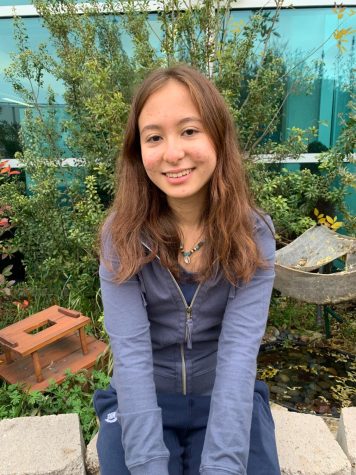
My eyebrows furrowed as I stared blankly at the question in front of me. My pencil hovered hesitantly over the scholarship form, which posed the question- What is your race?, followed by a bolded phrase: Please select one answer.
This is perhaps one of the most universal experiences for Multiracial Americans. After all, the official census only allowed checking more than one box in the year 2000. However, only recently has this become the norm. And while something like being forced to check the ‘other’ box on an occasional survey may seem trivial, it is indicative of the larger erasure and invalidation of Multiracial identity.
Junior Muna Jallad understood she was bi-racial when she was first asked to fill out school enrollment forms.
“In middle school when I was filling out forms and when they would say check only one race I’d be like, ‘What do I do here? Other? do I put White, do I put Asian?’ so I feel it kind of clicked then,” said Jallad.
Xen Villareal, who identifies as mixed-race indigenous and is one-quarter Black, also grew up confused about his race.
“I think it was ….between the age of like, six or eight… I remember … asking [my parents], Why do you look so different? And, they explained it to me, and then it kind of opened my eyes to why no one at school looked like me,'” said senior Xen Villareal.
The population of people who identify as more than one race has increased 276% since the 2010 census, from 9 million people to 33.3 million – over 10% of the nation’s population. And as the population grows, so does the idea of Multiracialism as a separate identity.
“I would consider myself Asian, but now I’m around a more diverse group of people, especially at Carnegie I would say that I consider myself mixed-race,” Jallad said.
One distinguishing, often misunderstood characteristic of this identity is that, for the most part, multiracial people want to share the experience of being multiracial, not necessarily of their separate racial identities. For someone who is Asian and Middle Eastern, for example, finding a place to celebrate those individual Asian and Middle Eastern cultures is easily accessible. Finding a place to share the single experience of being both, the experience of being the conjunction between two discrete cultures, is far more challenging.
While the way a biracial person self-identifies is deeply personal, one thing both Villareal and Jallad affirmed was the positive space Carnegie allowed for them to explore their cultures and identities, especially when compared to other schools.
“The school I went to before wasn’t predominantly white, like a lot of other schools, but it was predominantly Asian. So I guess that did make me feel left out. That’s the way any person of another race would feel going to a school where they’re a minority. It’s better here at Carnegie.”
Unlike many other HISD schools, Carnegie offers a specific space for Multicultural and Mixed race students, something that is reflective of its relatively high mixed-race population. Compared to Houston’s 2.2% multiracial population and HISD’s 1.45% multiracial population, 4% of Carnegie’s population self-identifies as two or more races. The Carnegie Multi-Racial Student Organization, which was founded in 2020, offers multiracial rhinos an affinity group and safe space. Both Villareal and Jallad have been members for the past two years.
“Getting to, like, I guess, surround yourself with other people who are also mixed… Maybe not the exact same, like, racial mixture, but just people who have similar experiences. I think that’s a positive thing, like having a community like that,” said Jallad.
“You’re around people who are like you, and even if they’re not the same racial group as you, they have similar experiences… you get to bond with people about positive things about how you have multiple backgrounds and how to embrace your culture.” said Villareal.
The multiracial identity is a complex one and one that is developing as the population, the second-fastest growing in the nation, expands. As with any other racial group, there is no single definition or stereotype that fits all mixed-race people. Sometimes, it seems, the only things that unify the community are negative experiences, being called ‘half breeds’ or ‘mutts’ by our own families, or being unable to find a culture or group to identify with.
What Carnegie does every day is allow students the opportunity to explore their identities in a positive manner, and see themselves represented among their peers, something that isn’t always the case for underrepresented communities.
Said Jallad, “It’s welcoming here. You can be whoever you want to be.”
Your donation will support the student journalists of Carnegie Vanguard High School. Your contribution will allow us to cover our annual website hosting costs and fund field trips, competition fees, and equipment. We appreciate your support!
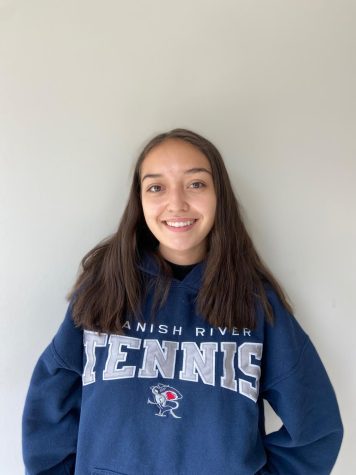
Howdy! My name is Sofia Hegstrom and I am a senior who loves to read.
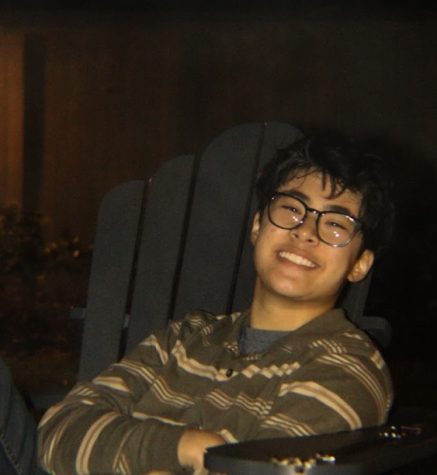
Hi! I'm a senior at Carnegie and I love music, my two dogs, and being outdoors.

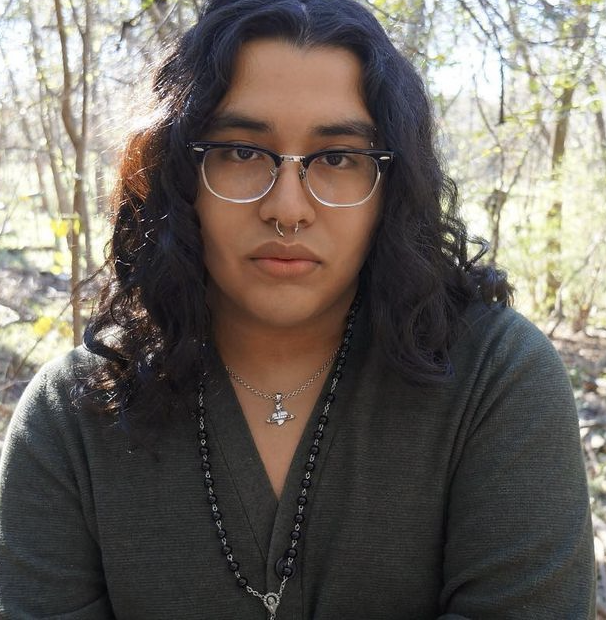

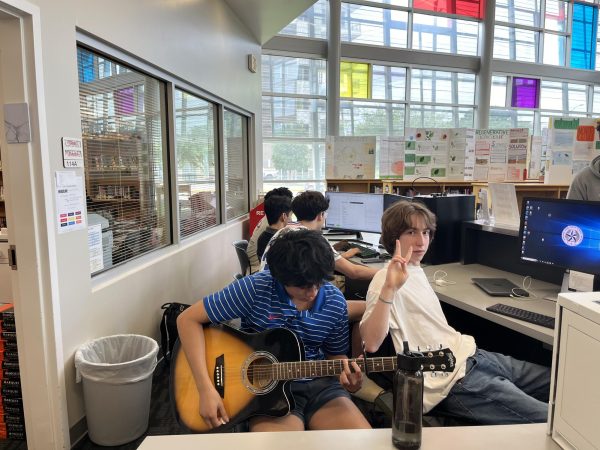


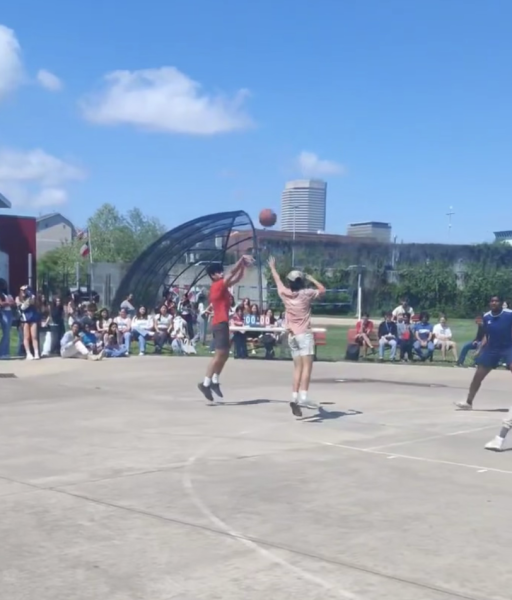
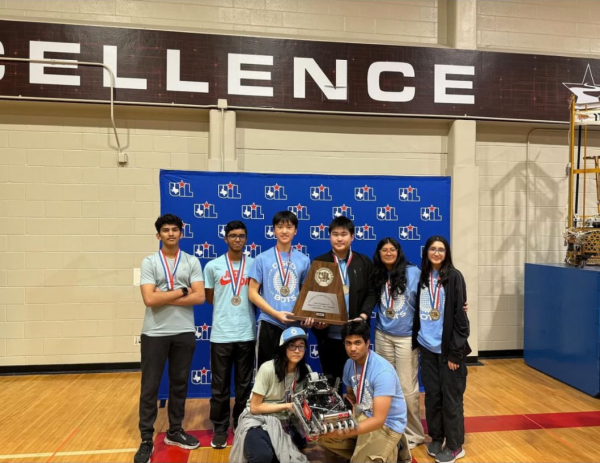
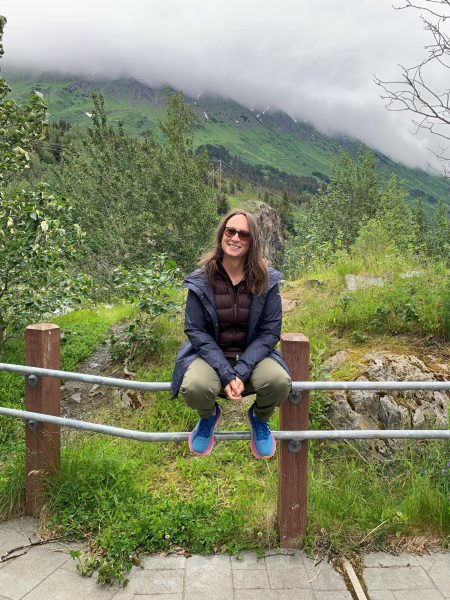

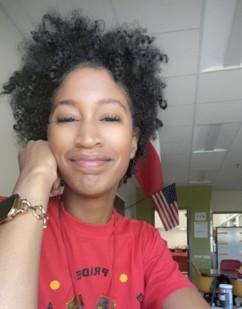
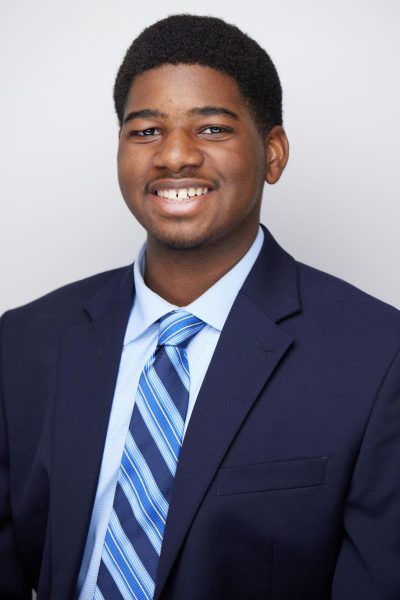
Carlos De Leon • Apr 7, 2023 at 12:20 pm
Our family has been trying n Texas for a long time… My mom has a Scotch Irish last name but her family on both sides(her mom and dad) also said we are Cherokee/Choctaw. My dads family is the same. My grandmother was Yaqui. My grandfather came from Mexico and never mentioned ethnicity. Growing up I was a half breed, white and Mexican, because of the appearance of my parents. My mom was taught not to mention being Indian, my father was proud to be half Yaqui. Each family member had and has their own understanding of who we and they are. There will never be any tribal recognization for either side of my family and most don’t care. For me it’s important. I know culture has a lot to do with who you are. I have seen how these different ethnic groups ways, traditions, and culture that make up my family have evolved and changed. The Cherokee use to “go to the water”, while my great aunt use to take me to the middle of the river to talk to me about God. My dads mom was a healer of sorts. She was a bit of a herbalist and could feed a large family with nothing but faith. Her Spanish was a bit different from others. She was a wonderful woman. My mom’s parents played old time music and kinda clot hopped. I imagine there are many like me. We can never prove who we are, we only have to honor our ancestors and pass on the good things. We could never prove it . We just need to remember who we are , were we come from, and teach our kids. Thank you
Ankitha Lavi • Feb 1, 2022 at 2:19 pm
From an outsider’s perspective, this article opened my eyes! Thank you so much for educating us:)
Jahrel Noble • Feb 1, 2022 at 2:17 pm
This feature is strong and I really like the kicker quote that you used. I think that the topic you all chose was really interesting and I liked that you connected it to a club at the school, making the story more relevant to our student body.
Nadia Talanker • Feb 1, 2022 at 2:14 pm
The closing quote is so strong! I loved reading about each different person’s experiences and how each person, regardless of their background, could all agree that multiracial people are ignored in our society. Really well done [:
Julian Namerow • Feb 1, 2022 at 2:13 pm
I start is amazing and i love all the statistics that you included! Loved it!
Jessica • Feb 1, 2022 at 2:10 pm
I enjoyed reading about the different perspectives and experiences.
Alex Samano • Feb 1, 2022 at 2:08 pm
Great article! I think you articulated their experiences really well. 🙂
Nicki Birangi • Feb 1, 2022 at 2:02 pm
OMG so good! I LOVE it!